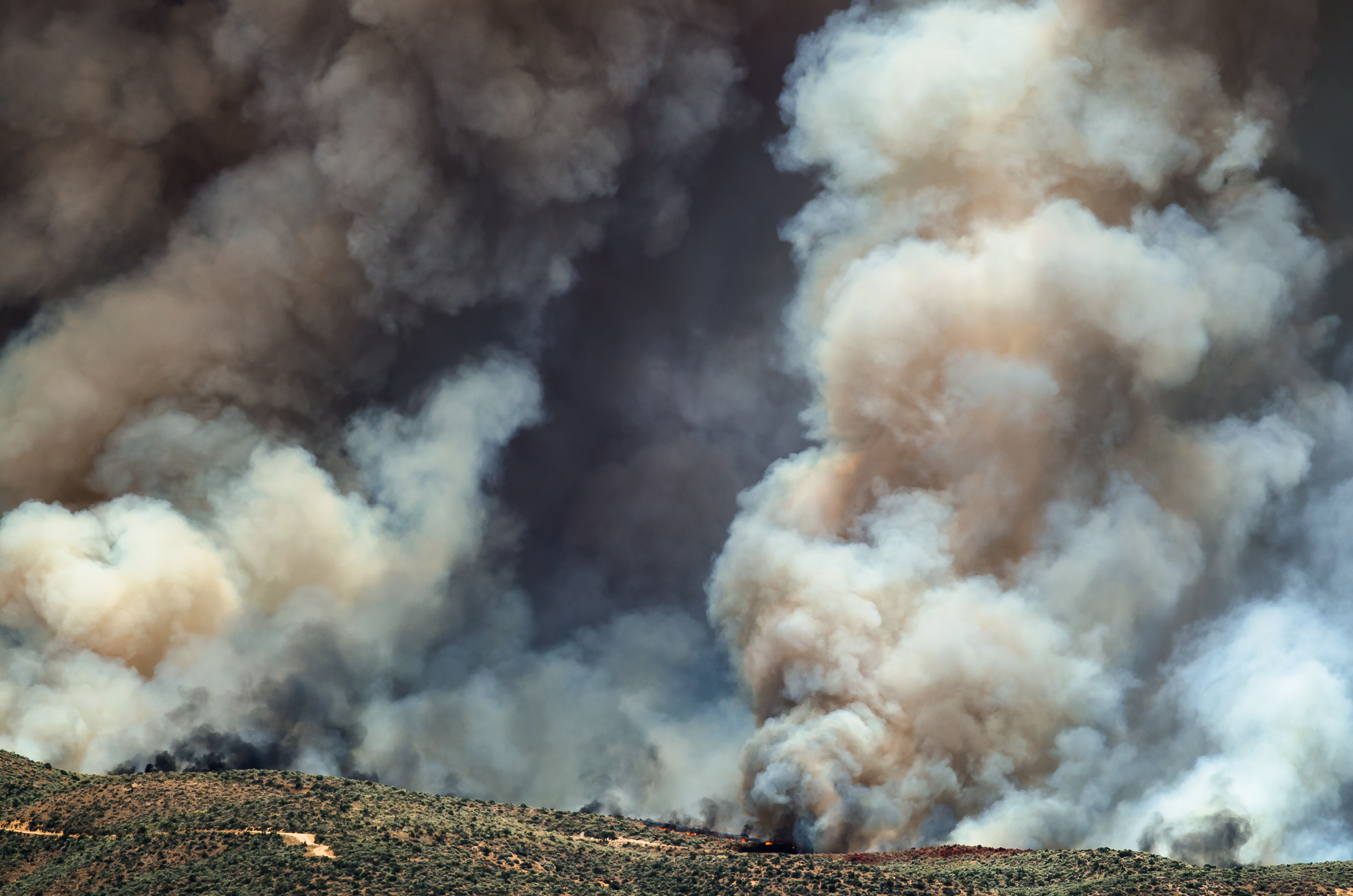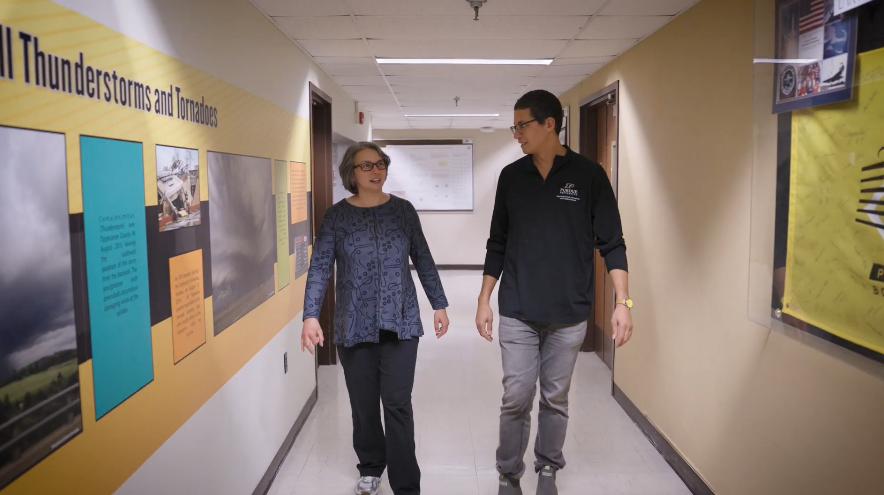The Students of Purdue Observing Tornadic Thunderstorms for Research (SPOTTR) course, officially listed as EAPS 43500: Severe Storms Field Work, takes students beyond the classroom and into the Great Plains for a week of hands-on experience with severe weather. SPOTTR blends fieldwork with active learning, career exploration, and the use of professional meteorological instruments, giving students the skills to forecast, track, and study storms.
Earth, Atmospheric, and Planetary Sciences
The Department of Earth, Atmospheric, and Planetary Sciences has a great diversity of programs and intersecting disciplines, with faculty and students studying in fields such as Tectonics, Geophysics, Atmospheric Dynamics and Chemistry, Environmental Sciences, Biogeochemistry, Climate Change, Severe Weather, Planetary Sciences, Astrobiology, Data Science, and many other areas. We are committed to strategic initiatives that explore the connections between the Earth’s interior and surface, climate and sustainability, planetary exploration and spacecraft missions, and the development of emerging fields of study.





